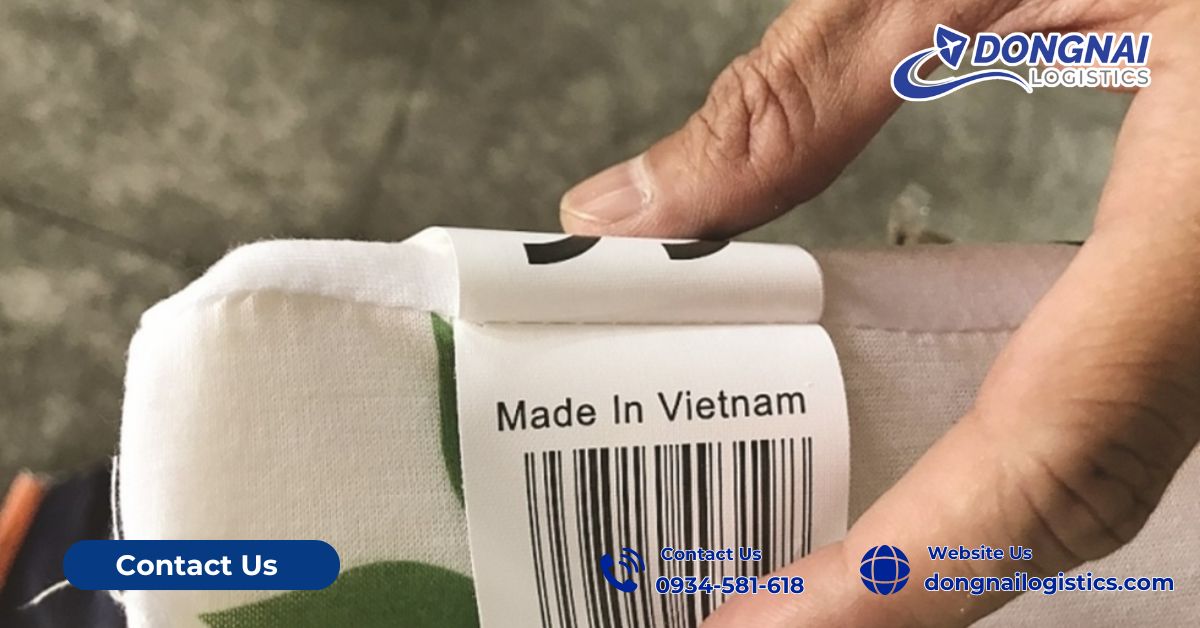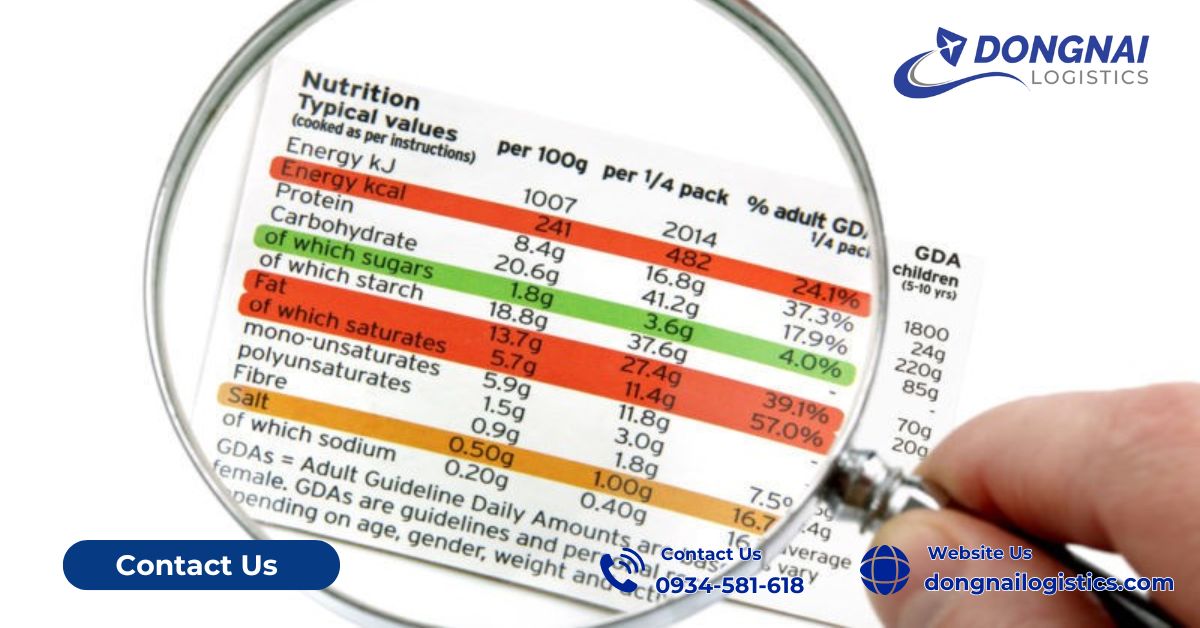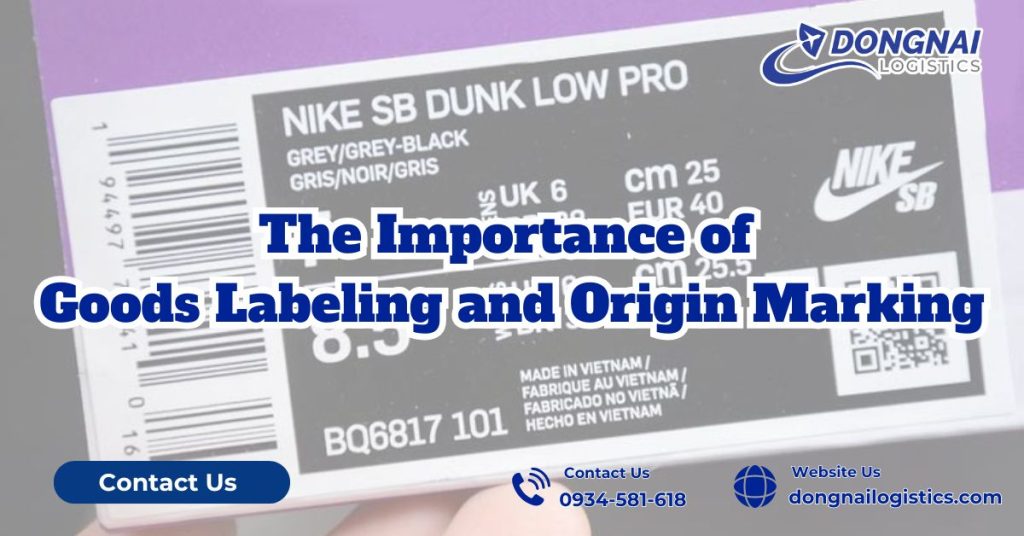Important Notes on Goods Labeling and Origin Marking in Export-Import Activities under the New Regulations
The Importance of Labeling Requirements
Goods labeling and origin marking are essential components of international trade. They provide vital information to customs authorities, consumers, and business partners. Proper labeling not only ensures compliance with import-export regulations but also helps build trust and transparency in trade relations. In a highly globalized market, accurate labeling is crucial for traceability, consumer protection, and market access.

Labeling of Goods and Its Role in Trade Activities
Labeling refers to all textual, numerical, or symbolic information displayed on products or packaging. This includes product name, ingredients or materials, country of origin, manufacturer information, usage instructions, and safety warnings. In export-import activities, correct labeling allows authorities to determine the compliance of the goods with applicable laws and ensures that products can move across borders smoothly.
Key Updates in Regulations on Goods Labeling and Origin Marking
With the issuance of Decree 111/2021/ND-CP (effective from February 15, 2024), several key regulatory changes regarding goods labeling and origin marking have been introduced. These include:
- Mandatory inclusion of origin marking for goods circulated in Vietnam, except in cases of exemption.
- Specific requirements for font size, language (Vietnamese or bilingual), and label positioning.
- Clarification on the terminology and format of “Made in”, “Manufactured by”, and equivalent phrases.
- Emphasis on transparent labeling to prevent misleading consumers about the actual origin of goods.
Labeling and Origin Marking for Exported Goods
For goods exported from Vietnam, origin marking must accurately reflect the country in which substantial transformation occurred. Exporters must:
- Indicate the correct origin to comply with rules of origin under FTAs.
- Avoid misrepresenting foreign-made goods as Vietnamese products.
- Ensure that the label content is clear, consistent, and not misleading to international buyers.
Labeling Requirements for Imported Goods
For imported goods entering Vietnam:
- Labels must be translated into Vietnamese.
- Product origin must be stated, especially if it affects tax or inspection procedures.
- Labels should include manufacturer details, expiration dates, and other specifications as required by Vietnamese law.
Practical Notes on Goods Labeling and Origin Marking
- Label placement should be on the main packaging and visible without opening the product.
- Adhesive labels are acceptable if they are durable and legible.
- In case of multi-pack products, each unit may require labeling unless exempted.
- Labels must not be overwritten or contain ambiguous phrases.
Common Mistakes in Goods Labeling and Origin Marking
- Using vague origin markings such as “Product of Asia” without specifying a country.
- Mixing the place of manufacture with the place of packaging.
- Failing to update labels after changes in manufacturing location.
- Non-compliance with language requirements for domestic circulation.
Benefits of Compliance with Labeling and Origin Marking Regulations
- Facilitates customs clearance and reduces the risk of shipment delays.
- Enhances brand credibility in domestic and international markets.
- Ensures consumer protection and builds trust in product quality.
- Avoids administrative sanctions, fines, and product recalls.

Optimal Solutions for Goods Labeling and Origin Marking Compliance
- Work with professional logistics providers experienced in international compliance.
- Regularly review regulatory changes in both export and import markets.
- Use automated systems to manage label creation and translation.
- Conduct internal audits and training to ensure team-wide understanding of labeling protocols.
Conclusion
Goods labeling and origin marking play a pivotal role in the success of export-import activities. As global regulations evolve, businesses must stay informed and proactive to maintain compliance and competitiveness. Proper labeling not only fulfills legal requirements but also reinforces consumer confidence and enhances the company’s reputation in globa
Read more:
Vận tải biển: Xương sống của chuỗi cung ứng toàn cầu
Vải Vận Chuyển Từ Đồng Nai Sang Phần Lan Bằng Đường Biển
Vận chuyển hàng hóa từ Đồng Nai đi Phú Quốc
Chuyển phát nhanh từ Quảng Ninh đến Đồng Nai chất lượng, uy tín, giá cạnh tranh

